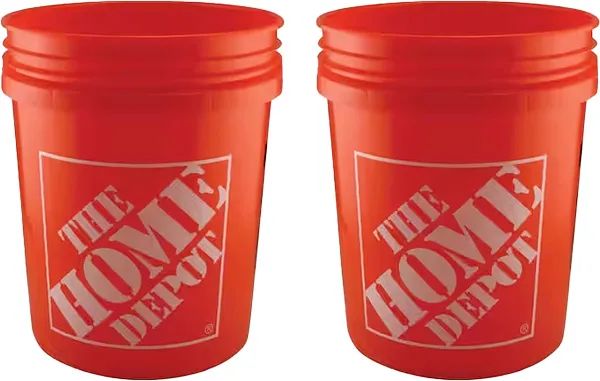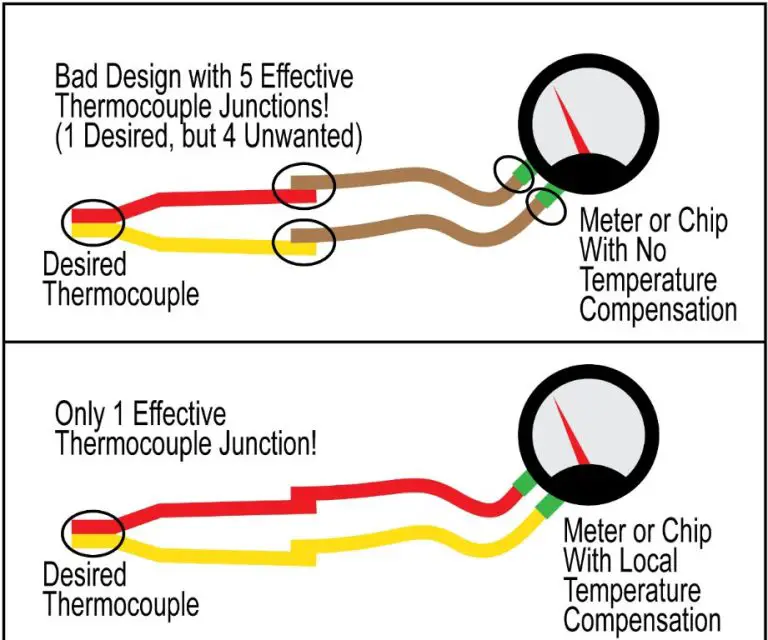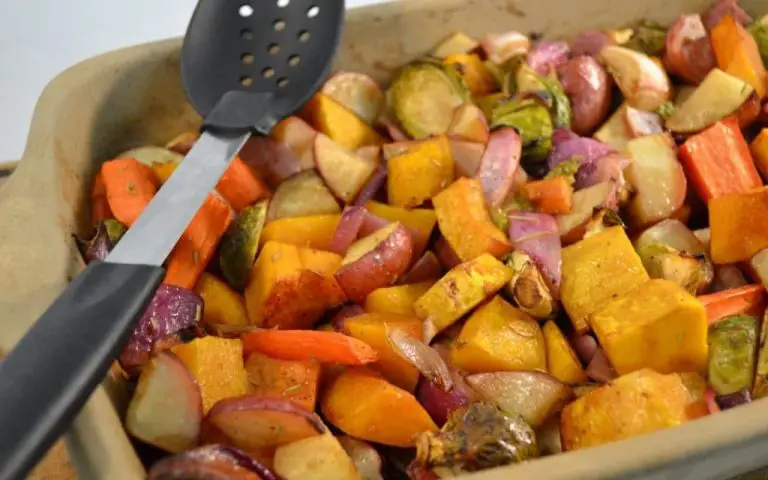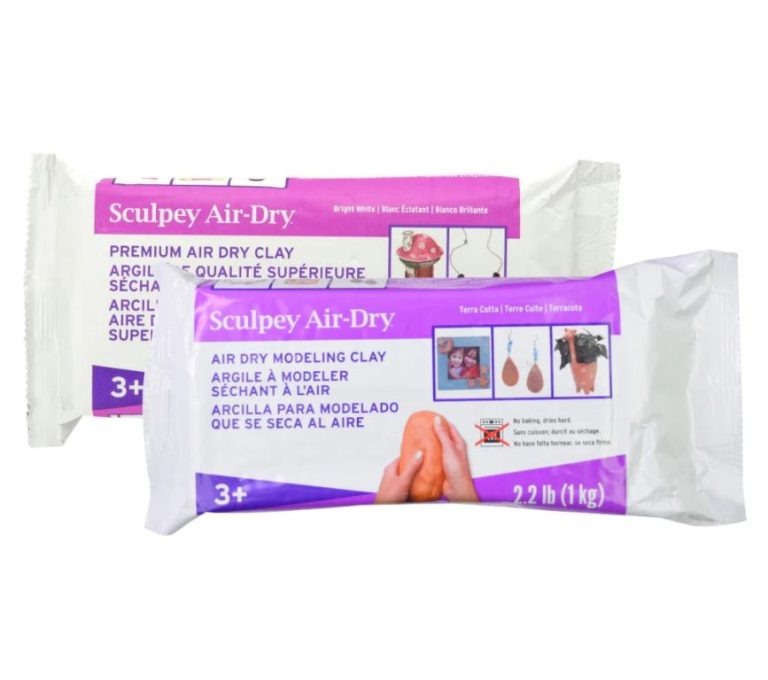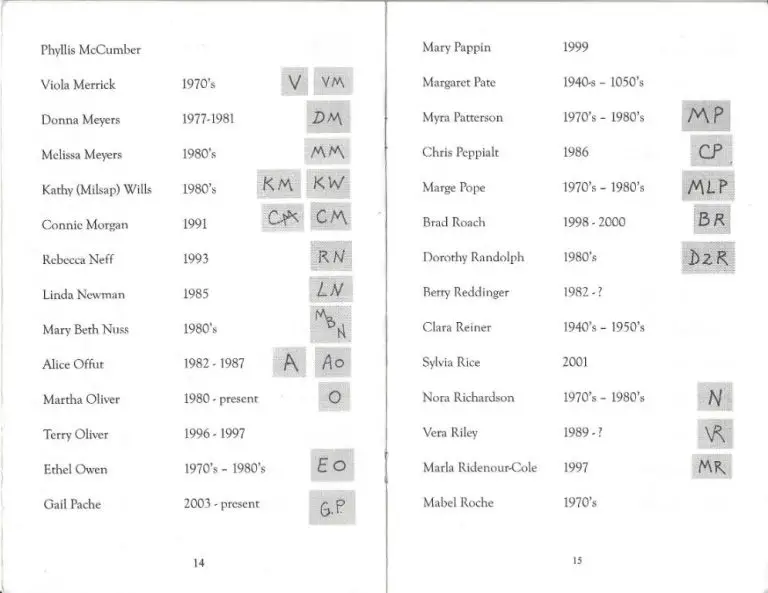How Do You Make A Paper Box Out Of Regular Paper?
Paper boxes are a fun and easy craft that anyone can make at home with just a few sheets of regular printer paper. By folding the paper in simple ways, you can create beautiful gift boxes, favor boxes, or decorative boxes to use around the home. These handmade paper boxes are perfect for holding small treats, gifts, or trinkets. The best part is that they require no special tools or advanced skills. All you need is printer paper, scissors, and a bit of creativity.
In this guide, you’ll learn step-by-step how to make simple paper boxes with lids using standard 8.5×11 printer paper. With just a few folds and creases, you can craft decorative boxes out of paper in various shapes and sizes. These make great gifts when filled with goodies or alone as beautiful packaging. The shaping and decorating options are endless, allowing you to personalize the boxes. Making paper boxes is an enjoyable arts and crafts activity for all ages that results in handmade containers perfect for gift giving.
Materials Needed
The primary material you’ll need is lightweight paper, such as printer paper, construction paper, or wrapping paper. According to the Origami Paper Buying Guide (https://www.tarosorigami.com/buying-guide-for-paper-for-origami/), regular copy paper or printer paper works well for simple origami models. Construction paper and wrapping paper are also good options. The key is using paper that is thin enough to fold easily but sturdy enough to hold its shape.
While specialized origami paper can make your creations look more polished, you can start with ordinary household papers. Tissue paper and foil are other common papers used in origami, but regular printer or construction paper will be suitable for beginning origami folders. Just avoid using cardstock, which is too thick, or tissue paper, which is too thin and prone to tearing.
Basic Box Steps
Making a basic paper box starts with a square sheet of paper. First, take the square sheet and fold it in half diagonally to create a crease. Then unfold the paper back into a square shape. Next, fold each corner of the square into the center point to create a smaller square with triangles on each side.
After the corners are folded in, take the bottom flap and fold it up. Then take the left and right side flaps and fold them inward to form the sides of the box. Once the flaps are folded, you will have a basic open paper box shape. The key steps are to start with a square, fold diagonally and unfold, fold in the corners, fold up the bottom flap, and fold in the side flaps. Following these simple origami-style folds, you can create a box out of any square sheet of paper.
Source: https://www.wikihow.com/Fold-a-Paper-Box
Decorating the Box
Once you’ve constructed your basic paper box, there are lots of creative ways to decorate it and make it your own. Some simple ideas include:

- Rubber stamping – Use decorative rubber stamps with ink pads to add patterns, images, or words to your box. Floral, geometric, or abstract designs work well.
- Patterned paper – Cover the outside of your box with scraps of patterned paper like wrapping paper, scrapbook paper, or even magazine clippings. This hides the seams and gives your box a colorful look.
- Gift wrap – Use extra scraps of gift wrap, tissue paper, or ribbon to embellish your box. You can wrap a band of paper around the box or use small pieces to decorate the top.
- Stickers and washi tape – Jazz up your box with colorful stickers, washi tape, or masking tape. Florals, stripes, polka dots, and shapes look great.
- Doilies or lace – For a shabby chic look, use white doilies or lace to decorate the box. You can add them wherever you want a decorative touch.
Get creative with the decorating materials you have on hand – from markers and paint to pressed flowers and photos. The possibilities for customizing your handmade paper box are endless!
Making a Lid
Once your paper box is constructed, you will want to create a lid to complete it. This is a very simple process that just requires a few additional steps.
Start by cutting a square piece of paper that is slightly larger than the base of the box you have created. Make sure all sides of the square are even. Next, take a ruler and lightly score down the center of the square, folding the paper gently along the scored line.
This fold will create a lid that opens in the middle to access the interior of the box. Adjust the scoring if needed so the lid aligns evenly with the top edges of the box. You may want to trim the lid slightly if it is overhanging too much over the sides.
Once scored and folded, apply glue, double-sided tape or other adhesive along the underside edges of the lid. Then fit the lid snugly on top of the box base and press down firmly to adhere it in place.
You now have a completed paper box with lid! This folding method can be used to make lids of all sizes, matching the dimensions of your handmade box.
Varying Box Sizes
You can make paper boxes in different sizes by starting with different size squares of paper. Here are some recommended paper sizes to use for varying box sizes:
For small boxes like jewelry boxes or gift boxes:
- Start with 6 in x 6 in (15 cm x 15 cm) squares for a box around 3 in x 3 in x 3 in (8 cm x 8 cm x 8 cm)
- Use 8.5 in x 8.5 in (22 cm x 22 cm) squares for a box around 5 in x 5 in x 5 in (13 cm x 13 cm x 13 cm)
For medium to large boxes:
- Begin with 8.5 in x 11 in (22 cm x 28 cm) sheets for boxes 6-8 in (15-20 cm) long
- Start with 11 in x 17 in (28 cm x 43 cm) sheets for boxes up to 12 in (30 cm) long
Larger paper sizes like A3 (297 mm x 420 mm) or tabloid (11 in x 17 in) can be used to make bigger boxes over 12 in (30 cm) long. The size of the finished box will depend on how much paper is folded over with each flap.
When choosing paper size, make sure to account for any decorative elements you plan to add, like lids, handles, or inner dividers, that will take up space. A good rule of thumb is to start with paper at least 2-3 inches wider and longer than your desired box size.
Experiment with different paper sizes to get a feel for how the original sheet dimensions translate to different box sizes. With some practice, you’ll be able to customize your paper box sizes for gifts, storage, and more.
Troubleshooting
Making paper boxes can run into some issues if the folds and tabs aren’t aligned properly. Here are some tips for troubleshooting common paper box problems:
Uneven folds – Make sure to fold all creases evenly and firmly when making the initial folds. Go slowly and double check each fold to ensure they line up. Refold any uneven sections.
Weak bottom – The bottom tabs are key for structural integrity. Make sure the bottom tabs are folded firmly and lined up evenly. Use strong tape on the bottom tabs if needed.
Misaligned sides – As you assemble the box, periodically check that the sides and tabs are lining up properly before taping. Adjust any sections that are uneven.
Tabs not sticking – Use a strong tape or glue to reinforce tabs. For a neater look, fold over the edges of the tabs before gluing to hide the adhesive.
Lopsided shape – Periodically look at the box from all angles as you assemble it to ensure it is taking shape evenly. Adjust any sections that look off.
Bottom falls in – Make sure bottom tabs are symmetrical and lined up evenly. Reinforce with tape if needed. Consider using a square of cardboard inside the bottom for very heavy objects.
For more tips, see this helpful video on troubleshooting handmade paper boxes: Paper Box Remedy | D.I.Y | How to Repair Paper Boxes
Box Variations
There are many creative ways to fold paper boxes into different shapes like hearts, triangles, and more. Here are some examples:
For a heart-shaped box, fold the paper in half diagonally to make a triangle. Fold the triangle in half into a smaller triangle. Cut away the bottom two corners to make a heart shape when unfolded. Refold along the original creases and proceed with the basic box folding steps. The finished heart box will have a unique shape perfect for holding small gifts or treats. (1)
To make a triangular box, fold the paper diagonally in half to make a triangle. Fold the two outer corners toward the center point. Cut away the small overlapping triangle at the bottom. Unfold and proceed with the basic box folding steps, being sure to tuck the flap into the side instead of the bottom. The finished triangular prism box has a sleek, modern look. (1)
For a star-shaped box, fold the paper in half diagonally both ways to find the center point. Make cuts from each corner stopping at the center point. Unfold the paper and round the edges of the star shape. Refold at the original creases and follow the basic box folding steps, tucking the flaps into the sides. The star-shaped box looks great on holiday cards or as party favors. (1)
Hexagonal boxes start with folding the paper in thirds horizontally first. Then fold the top and bottom thirds toward the crease in the middle. Cut away the excess paper at the bottom and proceed with box folding steps. Hexagonal boxes have a unique six-sided shape and often show off graphic patterns beautifully. (1)
With some creative folding techniques and strategic cutting, you can transform a plain square of paper into boxes and containers of all kinds of fun shapes and sizes. The basic box folding steps adapt well to make decorative gift boxes kids and adults will love constructing and using for many occasions.
Sources:
(1) https://www.wikihow.com/Fold-a-Paper-Box
Usage Ideas
Handmade paper boxes can be utilized in many fun and creative ways. Here are some examples:
For gifts – Paper boxes make lovely wrapping for small gifts like jewelry, gift cards, candy, and other trinkets. Decorate them with ribbon, bows, stamps, or handwritten notes to make your present extra special. You can customize the size and shape for the perfect fit.
For parties – Use paper boxes to hold party favors, snacks, or decorative elements like flowers or confetti. Stack a collection of differently shaped boxes on a table for guests to take home treats. Make tiny ones to use as place cards at each setting.
For the classroom – Teachers can have students make customized boxes to hold art supplies, 3D projects, or homework assignments. Paper boxes are great for sorting and organizing.
For storage – Fold origami-style lidded boxes to stash small items like jewelry, office supplies, sewing notions, etc. They’re attractive alternatives to plastic containers.
The possibilities are endless when you make your own handmade paper boxes. Let your imagination run wild to find new ways to use these versatile handcrafted boxes for any occasion!
Conclusion
Making your own paper box is a fun and creative project that can be done with just some regular paper and basic craft supplies. The process of folding and constructing a custom paper box allows you to unleash your creativity. While it may take some practice to master all the different folds and techniques, the sense of accomplishment from making your own paper box from scratch is very rewarding.
With just a sheet of paper, you can craft beautiful gift boxes, jewelry boxes, favor boxes and more. The variations are endless once you understand the basic box folding methods. Decorating your paper boxes with patterns, photos, stickers or wrapping paper makes them extra special. Paper boxes are great for gifting homemade treats, holding trinkets and keepsakes, storing small items or using as beautiful decoration pieces.
Making DIY paper boxes is an enjoyable craft that stimulates your creativity. It’s also eco-friendly and lets you reuse paper that may otherwise go to waste. Learning how to make paper boxes allows you to add a personal handmade touch to gifts for any occasion. So tap into your creativity and try making your own custom paper boxes today!

